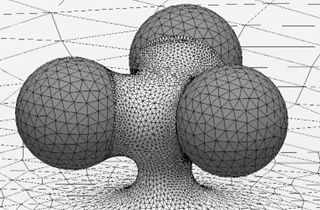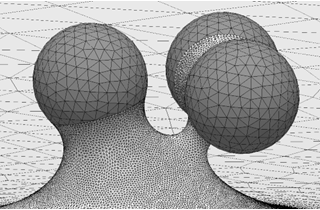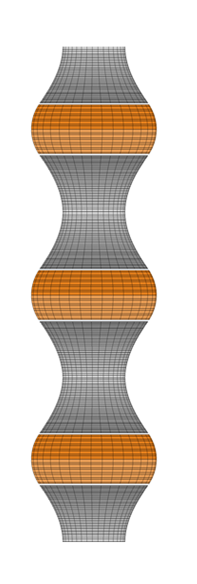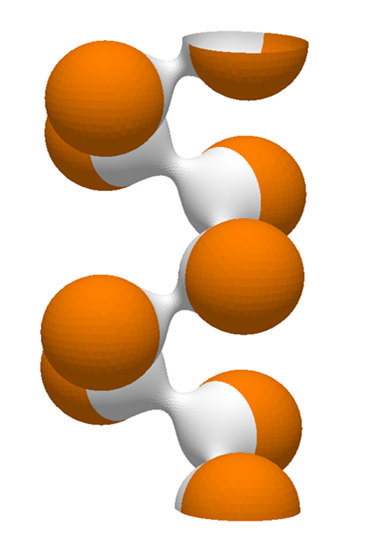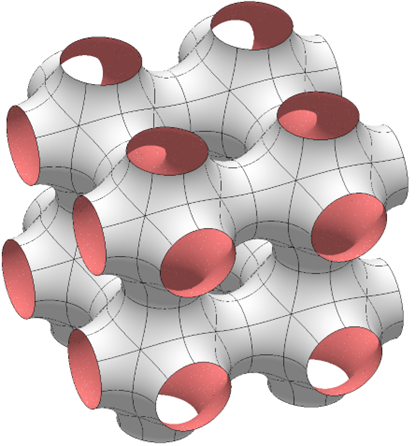Complex Membrane Structures in the Cell
Cellular membranes can form remarkably complex, high-curvature structures, such as the interconnected networks of the endoplasmic reticulum and Golgi apparatus, caveolar invaginations, and the intricate morphology of mitochondria. The dynamics and organization of these structures are tightly linked to cellular function. The formation of such highly curved membrane compartments is enabled by curvature-inducing proteins and the non-uniform distribution of lipids between the two membrane monolayers. To investigate these systems, we use membrane elasticity theory to understand how mechanical properties—such as the presence of curvature-inducing proteins, lipid composition gradients, interactions with the cytoskeleton, and osmotic pressure differences—govern the structure and stability of these membrane compartments.


